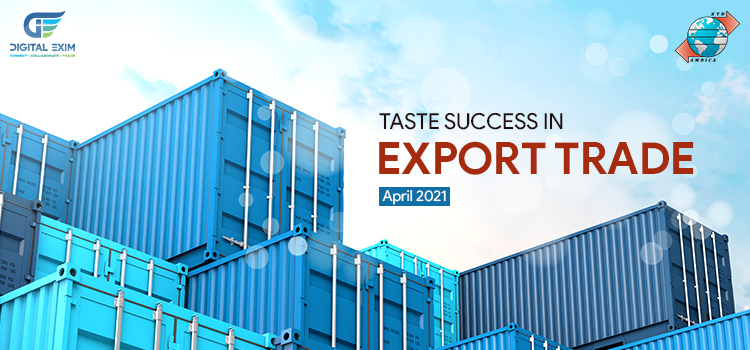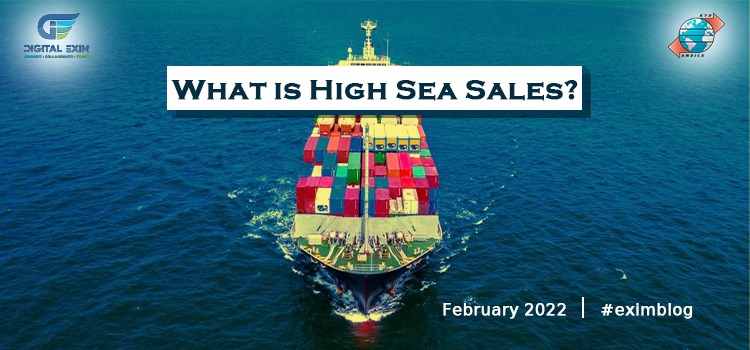International trade works more on unsaid rules than the written ones. Export Import Trade is no exception to this unsaid rule! The traders of one state might and most definitely vary with traders of another state.
This is the case within the national borders. When you expand the horizon the variation is going to be vast.
To guide you with an example, when Enron was still – and only – a pipeline company, it lost a major contract in India because local authorities felt that it was pushing negotiations too fast. In fact, the loss of the contract underlines the important role that cultural differences play in international negotiation.
For one country’s negotiators, time is money; for another’s, the slower the negotiations, the better and more trust in the other side.
International business deals not only cross borders, but they also cross cultures. Culture profoundly influences how people think, communicate, and behave. It also affects the kinds of transactions they make and the way they negotiate them.
The great diversity of the world’s cultures makes it impossible for any negotiator, no matter how skilled and experienced, to fully understand all the cultures that may be encountered.
Here are some of the aspects that affect trade merely due to cultural differences.
- Research and Diplomacy:
The key to putting your counterparty at ease, and thus improving your opportunities to cultivate the business relationship, is a combination of research, observation and diplomacy.
Doing proper research about the international customers, their culture and their markets put you in a higher understanding mindset. When you know your clients are going to behave in a particular behavioural pattern, you can counteract accordingly.
Research about your clients helps you understand the way they go about their business, and also about their expectations. This helps you choose the best strategy possible to close a deal with them.
While travelling, take note of how people act, dress and behave towards each other in different countries: it’s often all too easy to be wrapped up in our own concerns to notice what’s going on around us. Observation can help you to improve your ability to mirror your business contacts – and thus create a genuine rapport.
- Negotiating through Contract or Relationship:
Negotiators from different cultures tend to view the purpose of a negotiation differently. In one culture, the negotiators might have in mind the goal of business mind and to fulfil that the first and foremost thing they prefer to follow is, sign a contract.
Some business cultures prefer to base their business deal based on the personal relations they make and maintain rather than signed contracts. Although the written contact expresses the relationship, the essence of the deal is the relationship itself.
The western business culture is to rush to make a contract when there seems to a potential to do good business. While the Asian mindset, even business culture is more based on establishing and maintaining good relations with the partners and then agree on a contract.
The difference in approach may explain why certain Asian negotiators, whose negotiating goal is often the creation of a relationship, tend to give more time and effort to negotiation preliminaries, while North Americans often want to rush through this first phase of deal-making. The preliminaries of negotiation, in which the parties seek to get to know one another thoroughly, are a crucial foundation for a good business relationship. They may seem less important when the goal is merely a contract.
It is therefore important to determine how your counterparts view the purpose of your negotiation. If relationship negotiators sit on the other side of the table, merely convincing them of your ability to deliver on a low-cost contract may not be enough to land you the deal. You may also have to persuade them, from the very first meeting, that your two organizations have the potential to build a rewarding relationship over the long term. On the other hand, if the other side is basically a contract deal maker, trying to build a relationship may be a waste of time and energy.
Understanding is the key here. If you get under the skin of your potential partner or global client, you might be able to understand their requirements from you and deliver accordingly.
- Cultural awareness:
Cultural awareness does not imply that extending terms of 90 days is to be gauged on some sort of sliding scale but more an appreciation for the amount of communication that should be documented and the timing of these communiques.
Patience could be a virtue in developing some international relationships, not so in others. Knowing the differences is what could hold the deal in the balance.
If you are interested in learning more about lining up financial support for your international business opportunities, then understanding and acceptance of the client’s business culture become inevitable.
- Communication:
Communication is important in any culture. The difference between understanding and misunderstanding is effective communication.
In business culture, better communication skill can help you a long way. If you choose to do trade in a country or in a region where people speak a different tongue from your, put in some efforts to learn greetings and goodbyes in the local tongue.
This simple gesture helps build trust and in your target audience’s mind and hearts. People buy out of trust and most people trust something sold to them in their language. You have to invest in good quality translation and localization to ensure your messages are culturally on-point. This applies to everything from emails to leaflets to adverts to PPC campaigns.
These ideas may seem simple and basic but to implement them to perfection is a task in itself. Doing business is a job that requires much discipline and on top of that, if you are looking to deal with international clients, you must put in more discipline.
Just focus on the positivities in both cultures and try to bring out the best of your culture and accept the worst of the others. Contracts and other documentation formalities come naturally to any business, but if one culture prefers personal relationship, give them that. If the other prefers a quick contract system, accept that and move forward with actual work, the business!
To read more Export Import Trade related blogs, visit the link given below: https://digitalexim.com/blog/ Do contact us in times of query!













